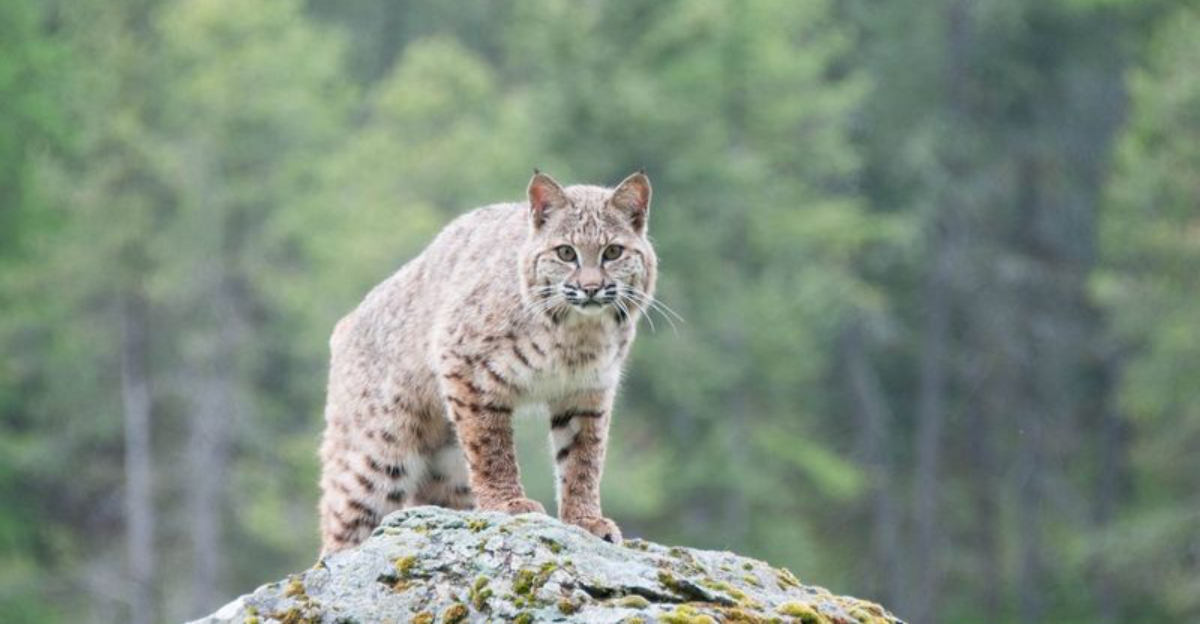Think you know all the animals roaming New Jersey’s suburbs? Think again.
Sure, you’ve seen your fair share of squirrels and deer, but the suburbs of the Garden State are also home to some truly unexpected wild neighbors.
From stealthy predators to surprising reptiles, these creatures have quietly adapted to life alongside us, navigating backyards, parks, and even cul-de-sacs.
Here are 10 wild animals you might not believe are living just outside your door.
1. Eastern Coyote
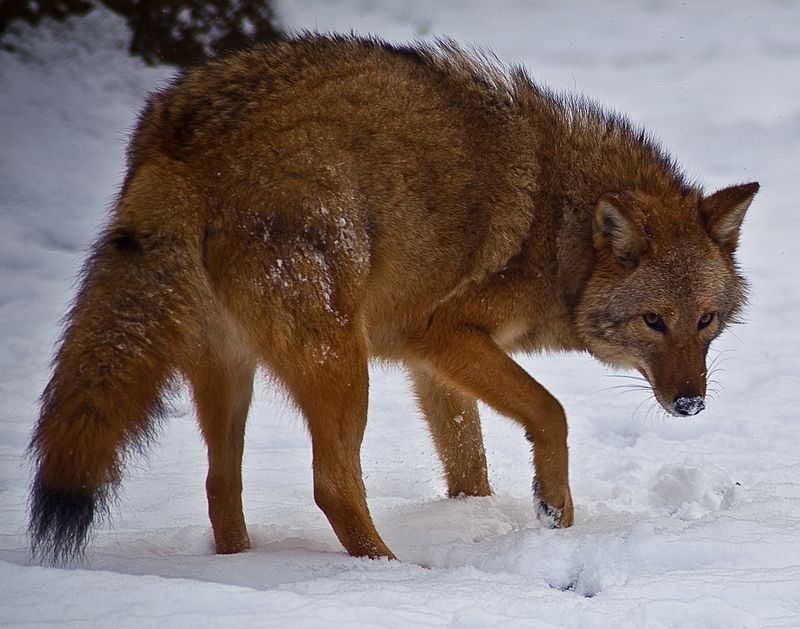
Howling through the night, these cunning canines have mastered suburban living without most residents ever spotting them. Eastern coyotes in New Jersey are actually coywolf hybrids – part coyote, part wolf, and surprisingly adaptable to human environments.
These intelligent predators feast on rabbits, rodents, and yes, occasionally unattended pet food. They’ve learned to navigate our neighborhoods primarily after dark, when human activity quiets down.
Despite their secretive nature, coyote populations are thriving throughout the state. Their distinctive yipping howls might be the only clue that these wild dogs are patrolling your neighborhood under the cover of darkness.
2. Bobcat

These magnificent wild cats, about twice the size of house cats with distinctive tufted ears and bobbed tails, prefer wooden edges where suburbia meets wilderness. My friend’s trail camera in Morris County captured one slinking through her backyard last winter!
Though primarily hunting rabbits, squirrels, and birds, these solitary hunters maintain strict boundaries from humans. Conservation efforts have helped bobcat populations rebound after nearly disappearing from the state in the 1970s.
Most suburban residents will never glimpse these phantom felines, despite them possibly hunting just yards from their homes.
3. Porcupine
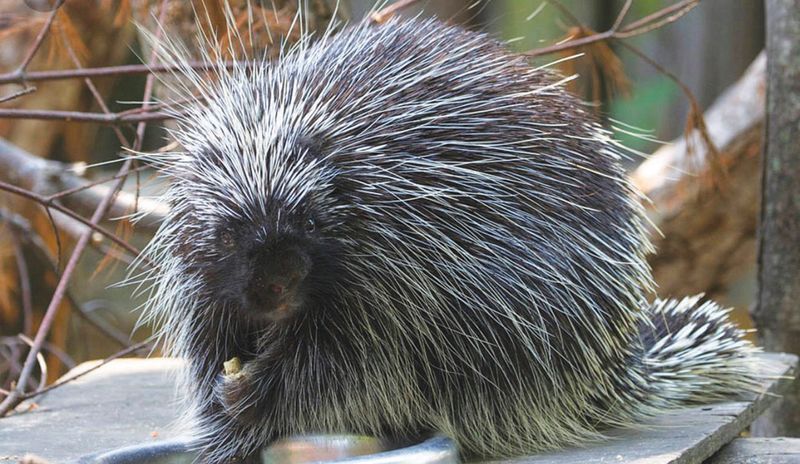
Armed with 30,000 defensive quills, these spiky vegetarians are expanding their territory into northern New Jersey suburbs. Contrary to popular myth, porcupines cannot shoot their quills – they must make contact with a predator for the quills to detach.
Nocturnal by nature, these slow-moving rodents spend daylight hours snoozing in trees or rocky dens. Their diet consists primarily of tree bark, twigs, and leaves, making your prized garden plants a tempting midnight snack.
Suburban encounters typically happen when homeowners hear scratching on decks or notice stripped bark on trees. Despite their intimidating appearance, porcupines are surprisingly gentle until threatened, just don’t let your curious dog investigate!
4. Timber Rattlesnake
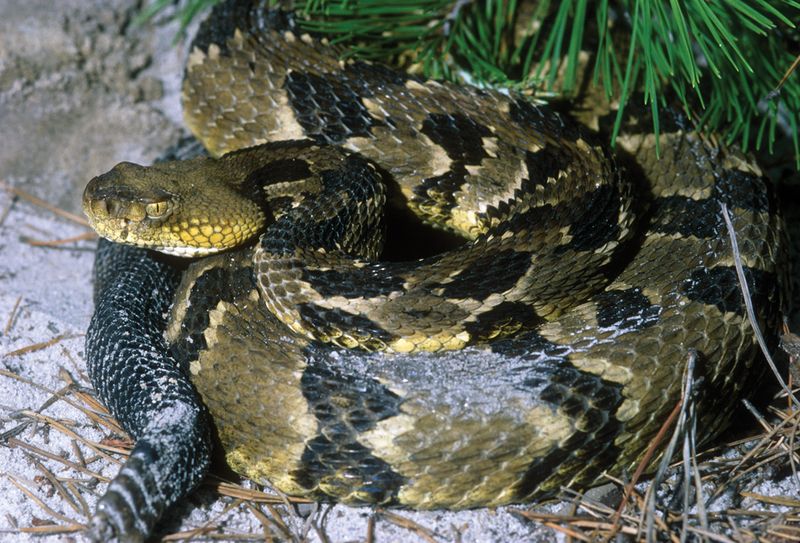
Buzzing a warning before striking, these venomous reptiles rarely venture into populated areas but occasionally appear in newer developments built near their highland habitats. Jersey’s largest venomous snake sports distinctive dark bands against yellow, brown, or gray backgrounds and that infamous rattle.
Shy by nature, timber rattlesnakes prefer avoiding humans entirely. They hunt mice, chipmunks, and other small mammals, actually providing free rodent control services to suburban neighborhoods!
Protected as an endangered species in New Jersey, these misunderstood reptiles face habitat loss and persecution. If you encounter one (extremely unlikely), simply back away slowly and they’ll gladly avoid confrontation if given the chance.
5. Copperhead Snake
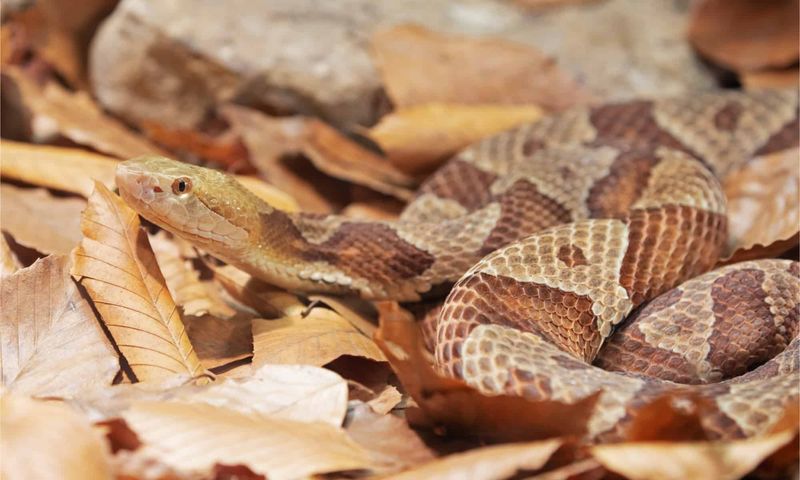
Blending perfectly with fallen leaves, these copper-headed reptiles cause more cases of mistaken identity than actual bites in Garden State suburbs. Their hourglass-shaped crossbands and distinctive copper head make them unmistakable – if you can spot them at all!
Young copperheads sport bright yellow tail tips which they wiggle like worms to attract prey. These ambush predators typically freeze when encountered, relying on camouflage rather than fleeing. Suburban encounters usually occur in yards backing up to wooded areas or rocky outcroppings.
While venomous, copperheads prefer flight over fight, delivering defensive “dry bites” without venom when cornered. Maintaining clean yards with minimal debris piles reduces their hiding spots.
6. Barred Owl

“Who cooks for you? Who cooks for you-all?” The distinctive hooting question of barred owls echoes through suburban neighborhoods across New Jersey. These charismatic night hunters, with soulful dark eyes and mottled brown-and-white plumage, thrive wherever mature trees and small prey coexist.
Remarkably adaptable, barred owls feast on everything from mice and voles to crayfish and frogs. Their silent flight makes them ghost-like hunters in suburban settings. Homeowners often discover these owls when investigating strange calls at night or finding distinctive pellets (regurgitated fur and bones) beneath trees.
Unlike most owls, barred owls sometimes call during daylight hours, especially during mating season in late winter.
7. Eastern Cottontail Rabbit
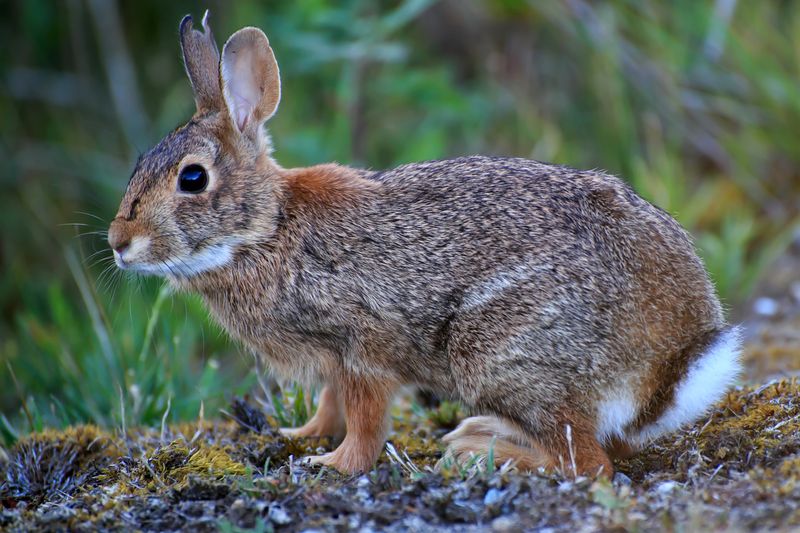
Munching through suburban gardens with unapologetic enthusiasm, these fuzzy bandits are among the most visible wild neighbors in New Jersey communities. The distinctive white “cotton ball” tail flashes as a warning signal when danger approaches, alerting other rabbits to potential threats.
Remarkably prolific breeders, a single female can produce up to 35 offspring annually! This reproductive strategy helps counterbalance their status as everyone’s favorite meal – foxes, coyotes, hawks, and neighborhood cats all target these vulnerable herbivores.
Their dawn and dusk feeding schedule means early risers often spot them performing morning garden raids.
8. Mud Salamander
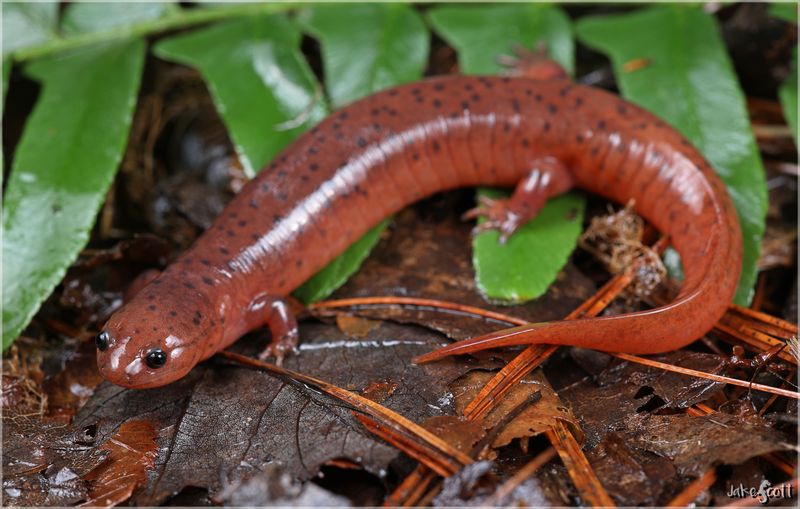
Gleaming like living rubies beneath suburban streams and seeps, these brilliant red amphibians remain one of New Jersey’s best-kept wildlife secrets. Mud salamanders sport vibrant scarlet bodies with scattered black spots and rely on clean, oxygen-rich water to survive. Yet these remarkable creatures persist in surprising places – including drainage ditches and seasonal streams running through developed areas.
Few residents ever glimpse these secretive amphibians hiding beneath rocks and logs in muddy streambanks. Conservation-minded homeowners can help protect mud salamanders by maintaining vegetated buffers along waterways and minimizing chemical use on lawns near water sources.
9. Black Bear
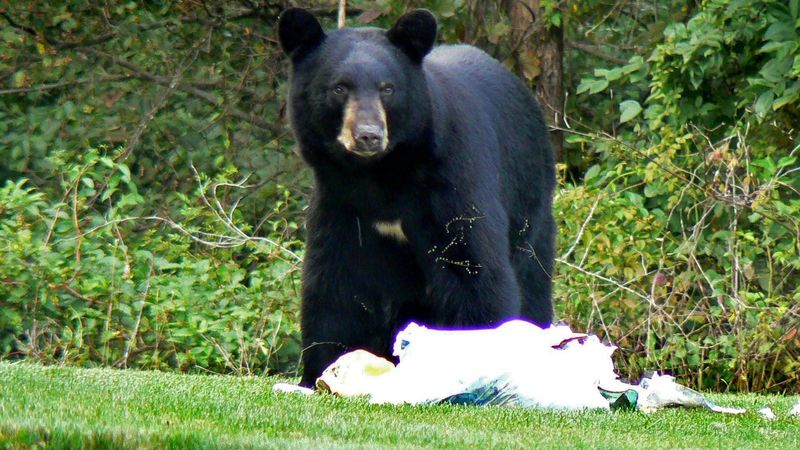
Tipping the scales at up to 600 pounds, these massive mammals regularly wander through northern New Jersey neighborhoods searching for easy meals. Despite their intimidating size, black bears are generally shy and prefer avoiding human contact, unless tempted by unsecured trash or bird feeders.
My cousin in Sussex County has had three different bears visit her backyard this year alone! Their remarkable sense of smell (seven times more sensitive than a bloodhound’s) leads them directly to food sources up to a mile away.
These adaptable omnivores quickly learn which neighborhoods offer easy pickings from unsecured garbage cans, making proper trash management essential in bear country.
10. Wild Turkey
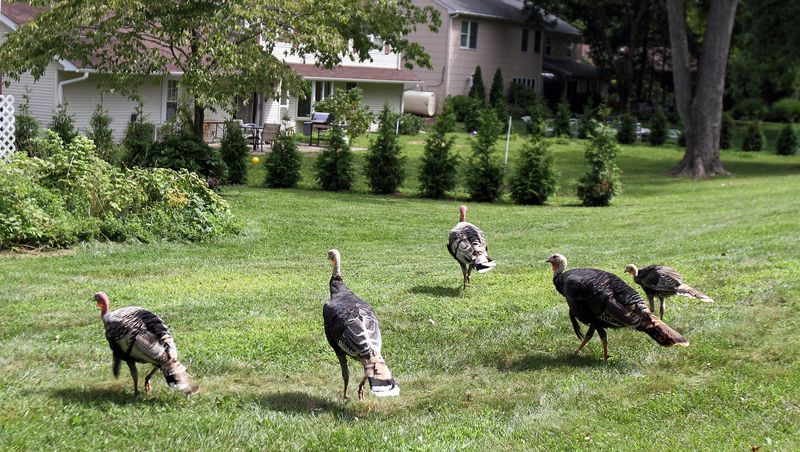
Parading across suburban lawns with prehistoric confidence, wild turkeys have staged a remarkable comeback throughout New Jersey neighborhoods. These massive birds – males can weigh up to 25 pounds – travel in flocks (or “rafters”) searching for nuts, berries, insects, and the occasional garden treat.
Surprisingly intelligent and adaptable, turkeys have learned to exploit suburban environments while maintaining their wild instincts. Males perform elaborate courtship displays each spring, fanning impressive tail feathers and gobbling loudly to attract mates.
Some neighborhoods have developed love-hate relationships with these bold birds. While fascinating to watch, dominant toms occasionally become territorial during breeding season, challenging cars, reflections, and sometimes even residents for dominance!
